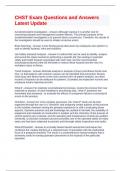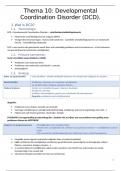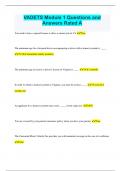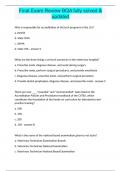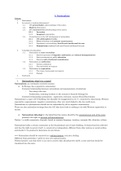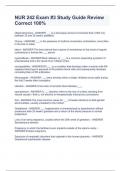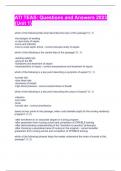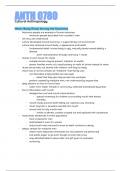Tentamen (uitwerkingen)
CHST Exam Questions and Answers Latest Update
- Vak
- Instelling
Accident/incident investigation - Answer-Although reactive it is another tool for uncovering hazards and management system failures. The primary purpose of the accident/incident investigation is to prevent future occurrences. Therefore, the results of the investigation should be used to initiate co...
[Meer zien]
